I’ve spent years looking for some magic chemical solution that would remove the scale and corrosion covering almost every old motorcycle restoration project I’ve done. Applications of Gunk, Purple Power, and even industrial acid used for cleaning air-conditioning coils all failed to remove the crusty scale and build-up. Having seen ads and a website for a company in England that specializes in engine case restorations, I called it’s owner and founder. He was very helpful and he too confirmed my findings – there is No Easy way out and there are No Magic Potions that will return the aluminum to its original Satin Silver Finish. Mechanical Action is required to get the scale and oxidation off of the aluminum.
Engine Cases and Cylinder Finishing
Next to “Where can I get parts?”, the #2 question I get asked is “How did you get that engine to look like new?”. Believe it or not, the 2nd Question regarding engine surface finishing is a lot easier to answer than the 1st. Bare aluminum fins and cases dominate the majority of vintage, classic motorcycles that I love and grew up with. Out of probably 100 or more motorcycles I’ve owned, only 6 have had Black Painted engines. Clearly, I do prefer the “Bare Naked” ones –
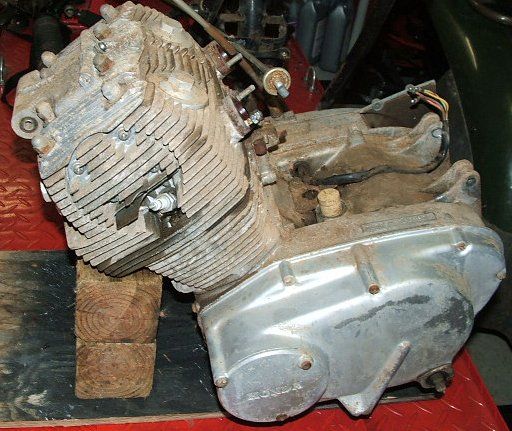

Mechanical action is also required to brighten the aluminum to the satin shine that it had when assembled. The Pros use chemical cleaners to remove stains and grime. They follow that with a Blasting step followed by Burnishing using ball bearings in a tumbler that smooths and generates a high luster in the treated part.
Of course those methods use rotating burnishing drums and steel shot that none of the shops around me have. Getting my engines done would mean 100% teardown, new bores and machining of bearing surfaces, and detailed assembly. NO! I was determined to find my own solution to the scale and oxidation other than taking my engine apart and shipping it’s pieces overseas. I practiced and experimented with cleaning various parts of the cases by hand,
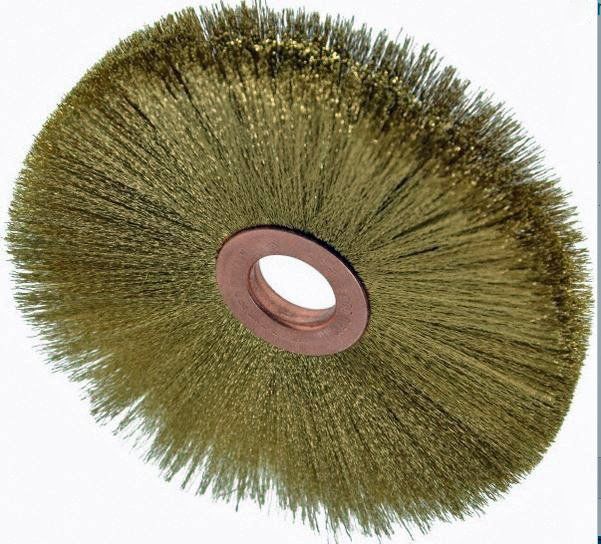
I found that fine-wire brass brushes would leave the aluminum with a high satin silver appearance. The fine-wire bristles would not gouge nor leave deep marks in the aluminum. Expanding on that, I also found that speed, or the lack of it is why this works. A Cordless, hand-held drill on low-speed with a fine-wire bristle rotary brush will produce results quickly and with very little effort. My going cordless with an assortment of thin, fine-wire bristle brushes that will fit into and between the fins is one of my Secret Solutions to a problem many of you have or will face during restorations. Speed and hard bristles will leave gouges and unsatisfactory results, plus they simply will not flex nor will they get down deep into the fins.
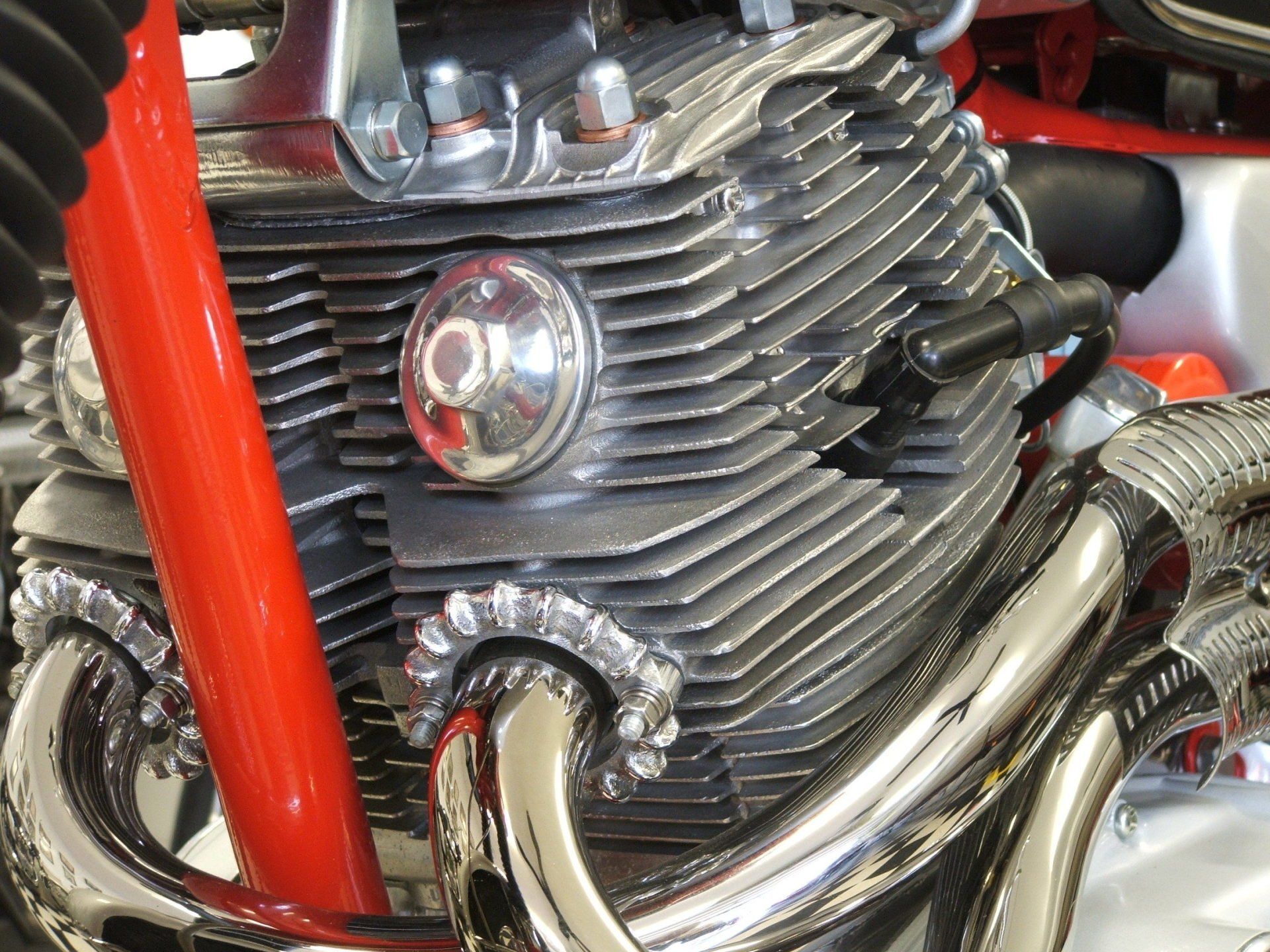
If you’ve ever used a wire wheel in a bench grinder to clean aluminum, you’ll know that the finished produced on aluminum is unacceptable. It leaves gouges and an irregular surface because the bristles are too big, too hard and it’s turning too fast to allow them to deflect. Go Cordless with the right fine-wire tools and your engines will have fins that look as good or even better than new. Cordless and Slow – Fine Wire Brass Bristles of 4″ and No More Than 1/2″ Wide is the way to beat scale and oxidation. Find the right arbor and brush for your Cordless Drill and you’ll have the magic in your hands.
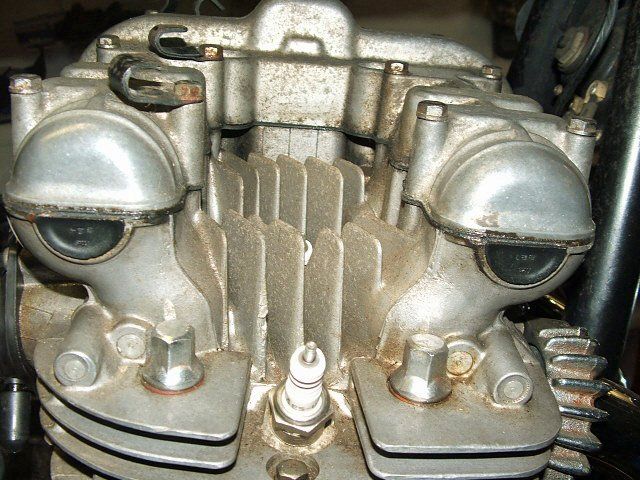
Start out with Surface Preparation. Read on and you’ll see that you can use my Engine Surface Secrets to re-surface fully assembled engines safely too. First, Never Beadblast or Sandblast bare aluminum surfaces that you want smoothed or highly polished. Silica and Sand are also media that you don’t want inside or around your engine. Mixed with oil, these become abrasive grinding agents that will quickly destroy an engine from the inside-out. Using Sand or Silica, you’ll also create small pits in the cylinder fins, head, and case surfaces that are now Dull Forever. Sure, you’ve removed oxidation and build-up, but you’ve got a rough and non-reflective surface that is 5 times harder to finish.
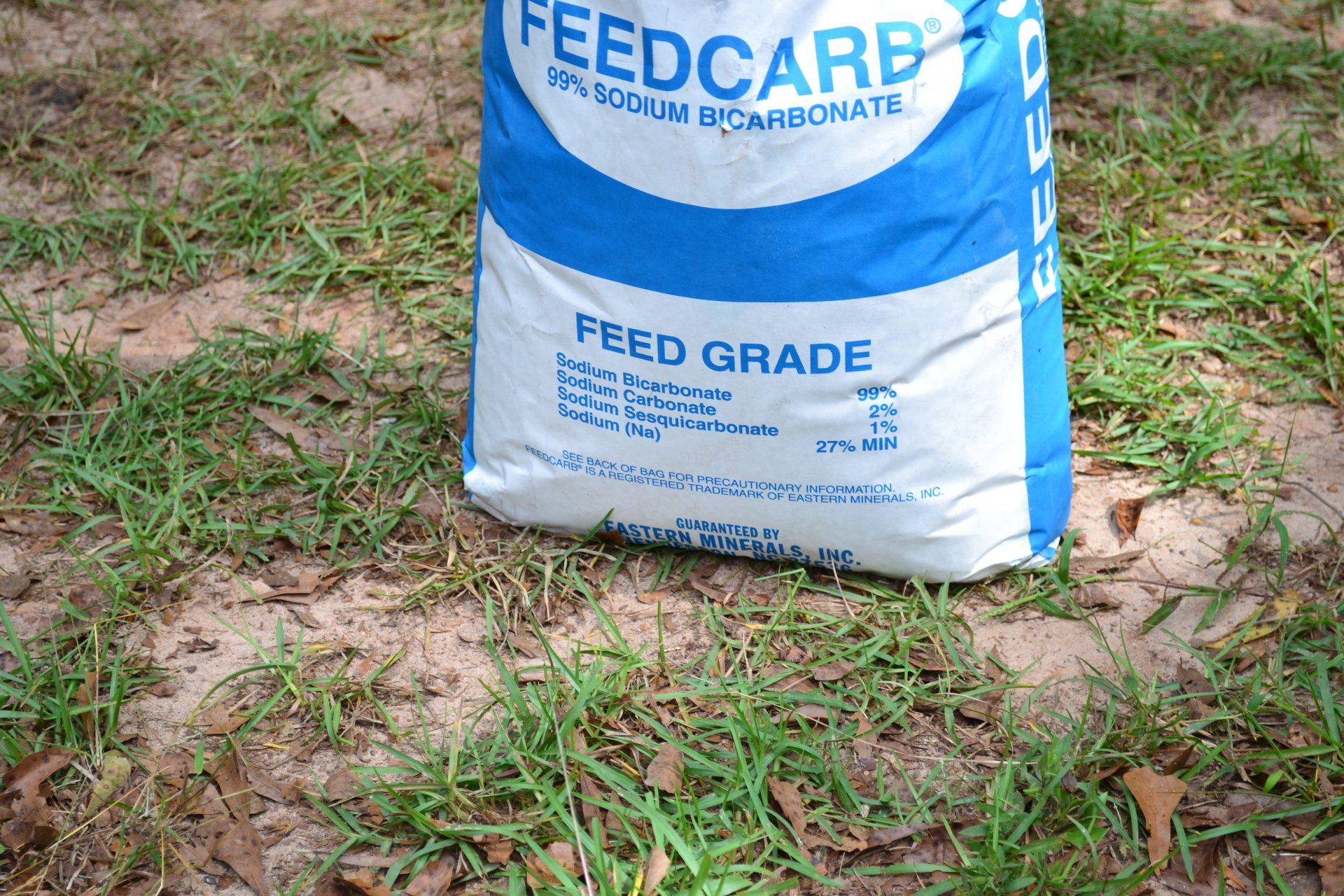
Instead, use Bicarbonate Soda (commercial baking soda) to Blast with. It’s safe, harmless, and washes clean with mild soap and water. I buy 50 lb bags for less than 20 dollars at my local pool supply. Bicarbonate Soda is sold as a buffer agent to correct the ph level of swimming pools. I use an inexpensive “hopper-feed” blasting gun and 50 PSI while wearing goggles and a dust mask. It’s safe to use in the yard, in the driveway or grass since it simply rinses away and is actually used in some fertilizers. Of course you’ll want to seal-up the engine and block-off every possible hole and opening. It isn’t like sand or Silica/Glass beads which will destroy an engine if introduced to the internals or deadly to your lungs if inhaled. The baking soda turns to dust on impact – after it does a good job of blasting. This is a “total loss” system since the soda is pulverized on impact, so you’ll keep filling the hopper with fresh soda. A 50 lb bag should be more than enough to do 4 to 5 engines.
Thank you for Following
Related Articles
Suzuki Recursion Trademarked in Europe and the US Means We’re Getting the Turbo Bike?
A Naked Version Of The R3 Is Coming And It’s Going To Be Amazing
Maker trend sparks business opportunities
KTM 800cc Motorcycle Caught Testing, Likely to be Made in India
Harley-Davidson Street 750’s Brakes Completely Fail In Magazine
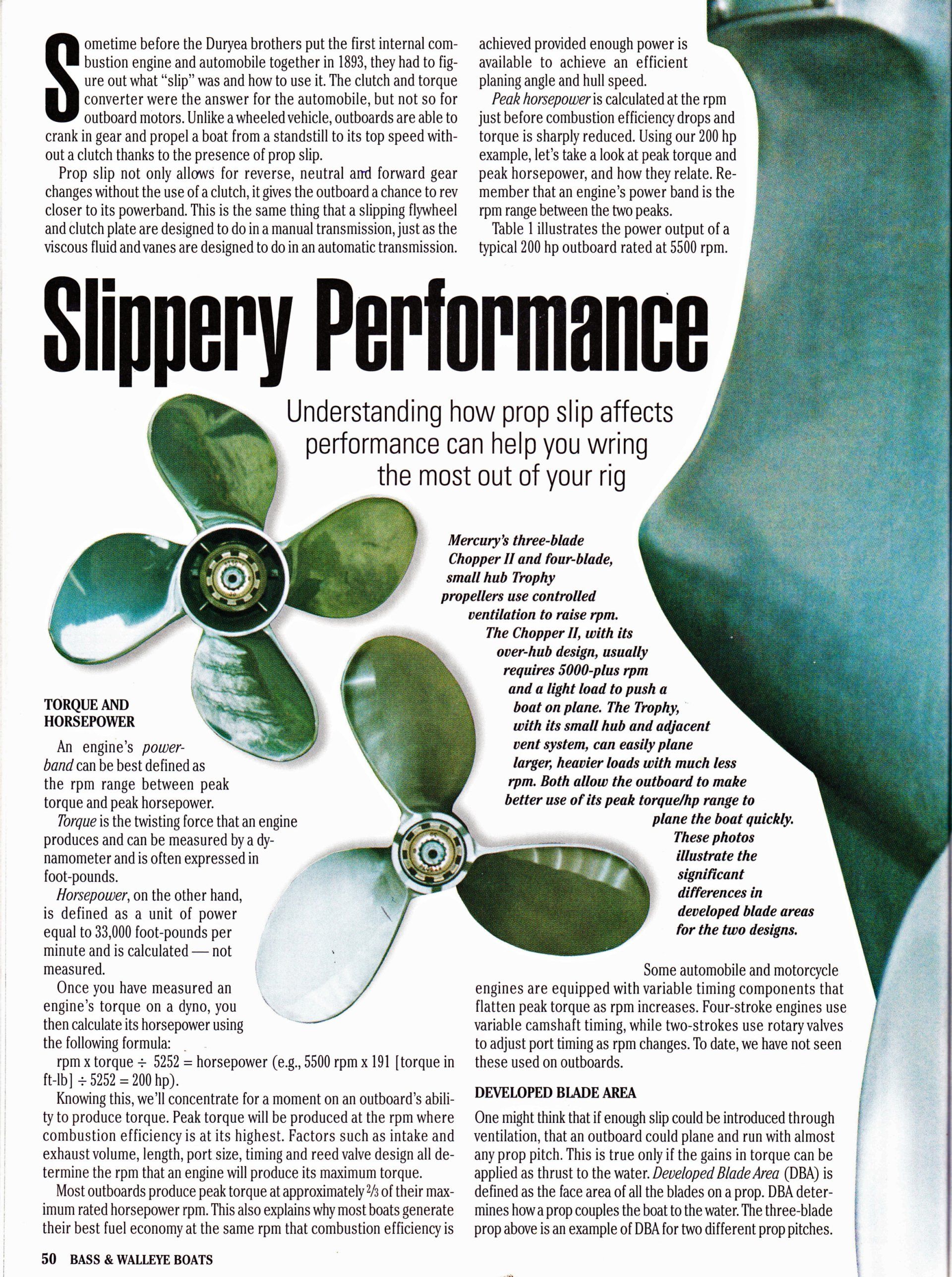
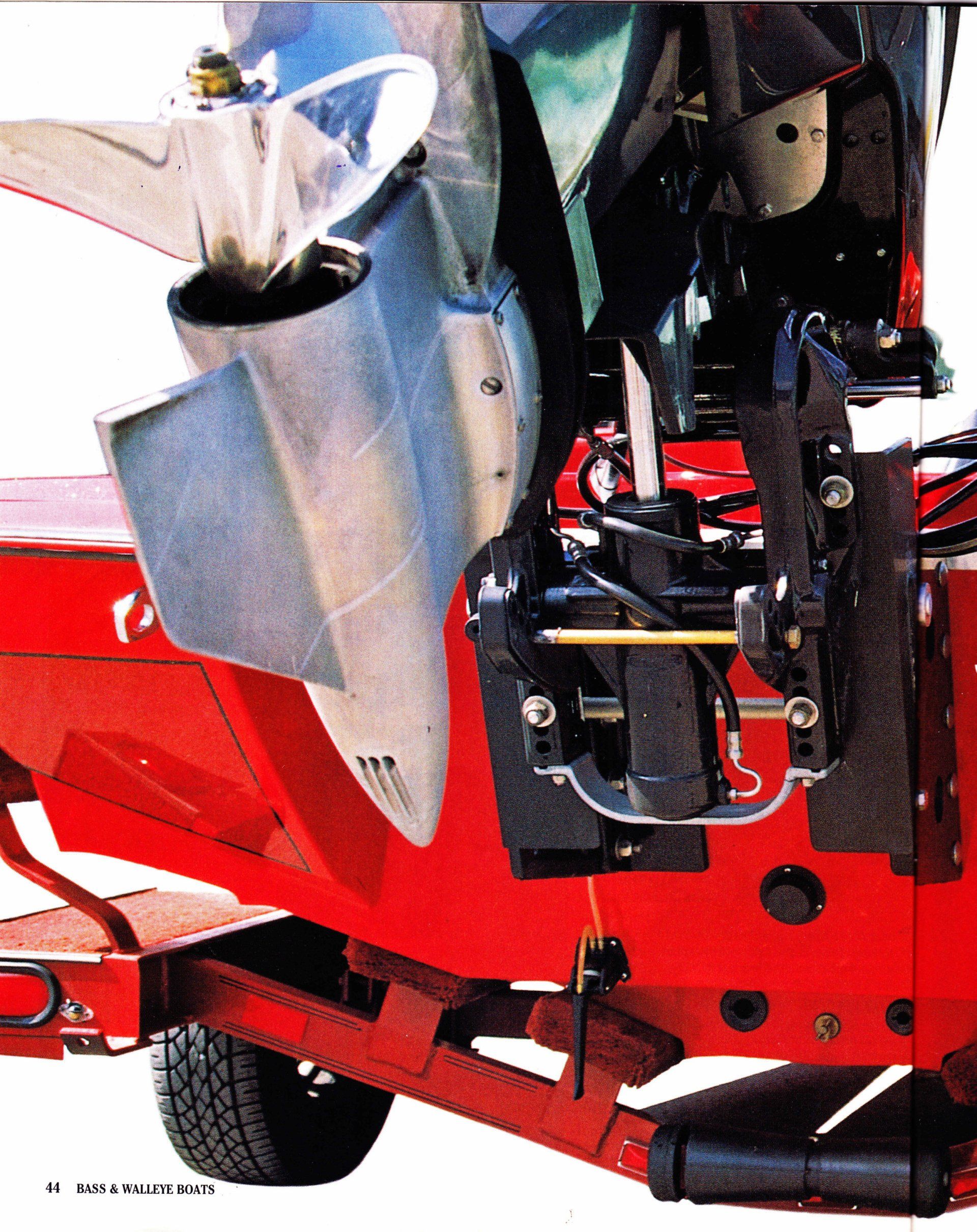
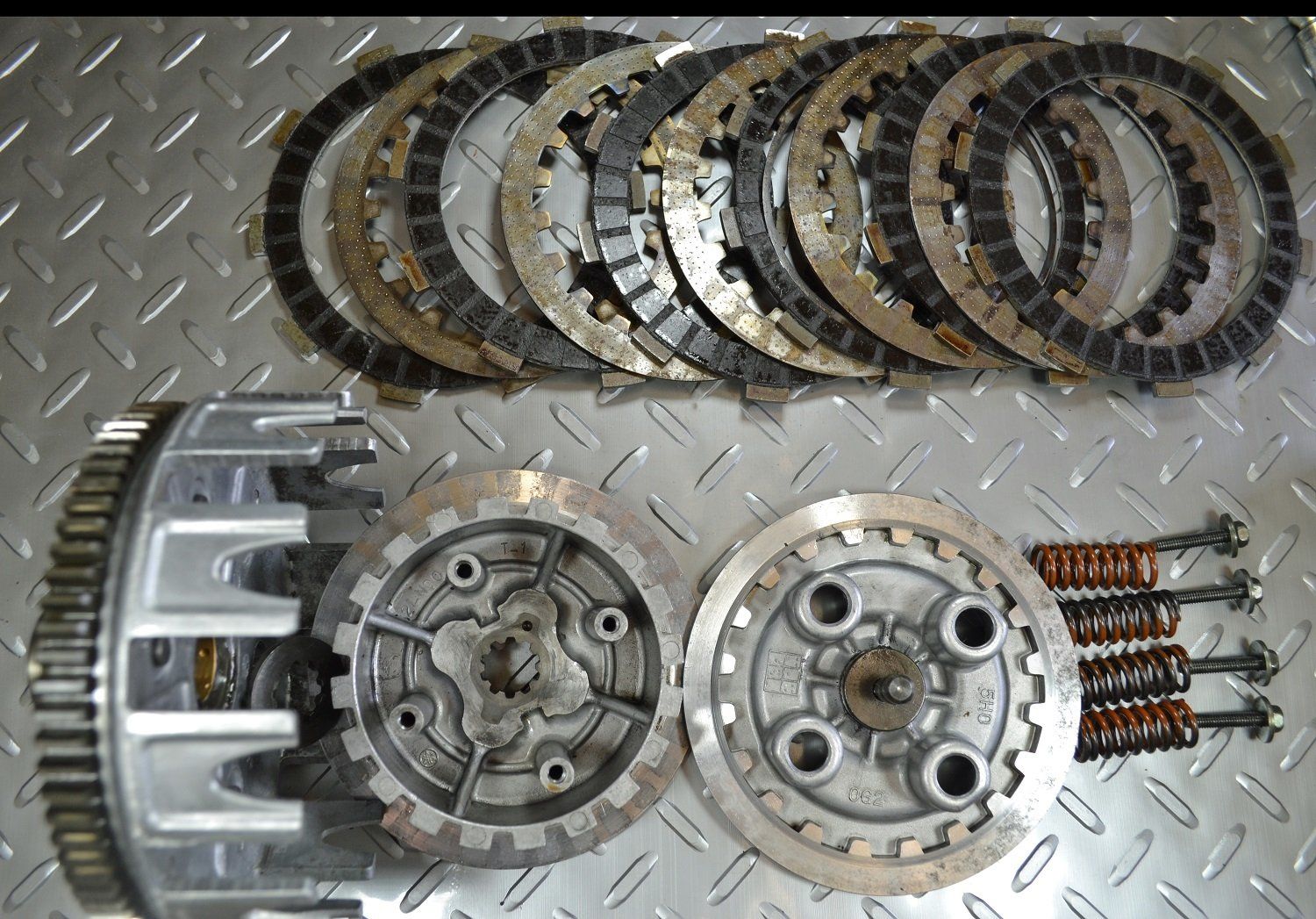

All Rights Reserved | RRR Tool Solutions.





